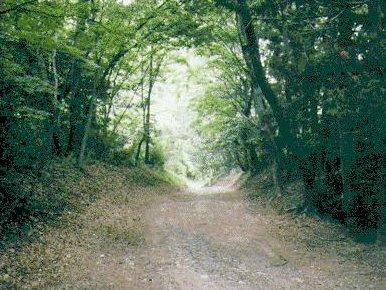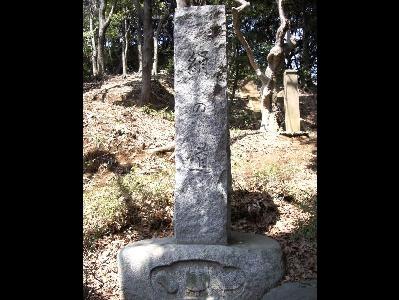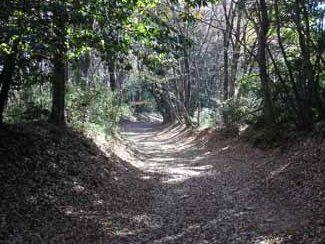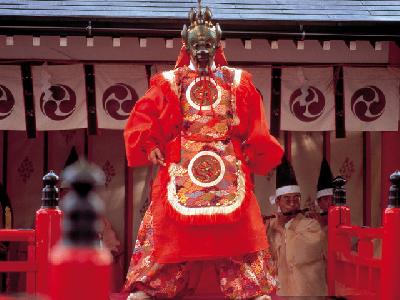|
Kinu no Michi, or Japanese Silk Road, is a highway connecting Hachiouji City to Tokyo and Yokohama City of Kanagawa Prefecture and it follows the same journey as today’s Route 16.
Hachiouji City had been known as Souto (translated as the city of mulberry) since old times and thrived with the production of raw silk. In 1859, as Yokohama opened its port to limited foreign trade, raw silk became an important export and Hachiouji became a vital hub for raw silk merchants from Nagano and Yamanashi area.
The road frequently used for the raw silk trade was called Yarimizu-kaidou or Hama-kaidou, but because the road was what the Silk Road was to the Asian continent, it later became known as Kinu no Michi, or Japanese Silk Road.
The road has been recognized for its historical importance and some parts of the road and vicinity were restored and preserved. In Yarimizu region of Hachiouji, there is the Silk Road Museum built inside the ruins of the mansion of a famous raw silk merchant.
The Silk Road is a valuable historical record that has many stories to tell of the silk trade merchants in late Edo period and the Meiji era to this day.
Hachiouji City had been known as Souto (translated as the city of mulberry) since old times and thrived with the production of raw silk. In 1859, as Yokohama opened its port to limited foreign trade, raw silk became an important export and Hachiouji became a vital hub for raw silk merchants from Nagano and Yamanashi area.
The road frequently used for the raw silk trade was called Yarimizu-kaidou or Hama-kaidou, but because the road was what the Silk Road was to the Asian continent, it later became known as Kinu no Michi, or Japanese Silk Road.
The road has been recognized for its historical importance and some parts of the road and vicinity were restored and preserved. In Yarimizu region of Hachiouji, there is the Silk Road Museum built inside the ruins of the mansion of a famous raw silk merchant.
The Silk Road is a valuable historical record that has many stories to tell of the silk trade merchants in late Edo period and the Meiji era to this day.
| [+ADDRESS] | 
|














